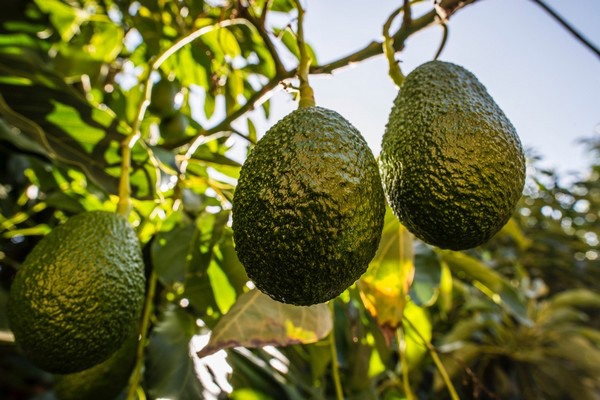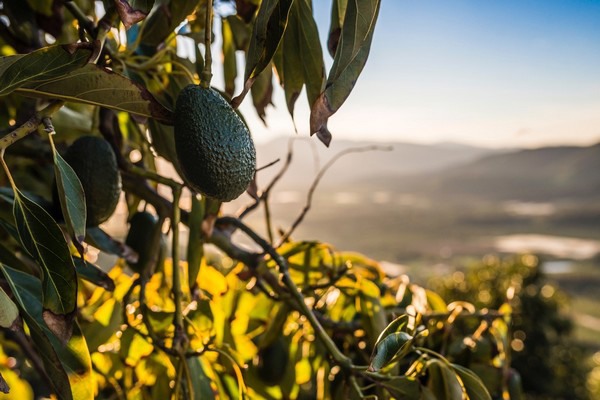Chilean avocados stand out for their “efficient and adequate” sustainability and water usage. That was the main conclusion reached by a study from the Regional Water Center for Arid, Semi-arid Zones in Latin American and the Caribbean (CAZALAC), an organization under the auspices of UNESCO.
CAZALAC determined Chilean avocados contribute to the compliance of 14 out of 17 UN’s Sustainable Development Goals (SDG).
 CAZALAC determined that Chilean avocados contribute to the compliance of 14 out of 17 UN’s Sustainable Development Goals.
CAZALAC determined that Chilean avocados contribute to the compliance of 14 out of 17 UN’s Sustainable Development Goals.
“Farming activity and food production require proper use of soils and efficient water management, especially in the middle of a mega-drought that has been extended for more than 13 years. This unprecedented study verifying the geo-environmental situation of Chilean avocados indicates that the production standards of this industry are moving towards more sustainable and regenerative agriculture,” says José Gabriel Correa, head of Chilean Avocado Committee, study facilitator.
Researchers concluded that the coverage of the modernized irrigation system among Chilean avocado producers allows to qualify the hydric resource usage as “efficient” having an estimated consumption of 8,980 m3 of water/hectare in sample areas.
One key finding was the positive effects of surrounding crops, considering the improvement of the soil as well as the interaction with both native flora and fauna. Although when plantations of avocado trees begin there is a change of the vegetation, the study concluded that in the medium term a new ecosystem is generated with greater vegetable coverage compared with the original.
 It was confirmed that between nine to 10 years after plantation, avocado trees can reduce soil erosion risk to similar values of native surrounding vegetation.
It was confirmed that between nine to 10 years after plantation, avocado trees can reduce soil erosion risk to similar values of native surrounding vegetation.
It was verified that the surrounding plantations of the native thicket present high biodiversity with an abundance of species. It was confirmed that between nine to 10 years after plantation, avocado trees can reduce soil erosion risk to similar values of native surrounding vegetation.
CAZALAC confirmed a bigger absorption capacity of CO2 in the atmosphere and its later oxygen release by the adult avocado trees in Chile, generating a positive ecological impact that helps counteract the greenhouse effect in both greater time and space from the native vegetable species.
The “Environmental Art state of the Mill American Persea plantations in Chile” research was directed by Elir Rojas, geographer and associate investigator in Climate Change and Drought at CAZALAC, along with Carla Salinas, biologist and PhD in desertification and drought; Gabriel Mancilla, forest engineer, PhD in Engineering Sciences and executive director at CAZALAC; Sergio Scott, biologist, PhD in molecular biology and ecology; Pablo Rojas, lawyer; and Manuel Soto, forest engineer and Studies director at CAZALAC.
As institutional observers participated: CONAF as a “focal point” for Chile and the United Nations Convention to Combat Desertification (UNCCD) and Wilfredo Alfaro, forest engineer, Master's in Hydrology.
For more information:
Jodean Robbins
Solutions Associates
Tel: +1 (610) 513-1223
[email protected]
www.InternationalAgSolutions.com
